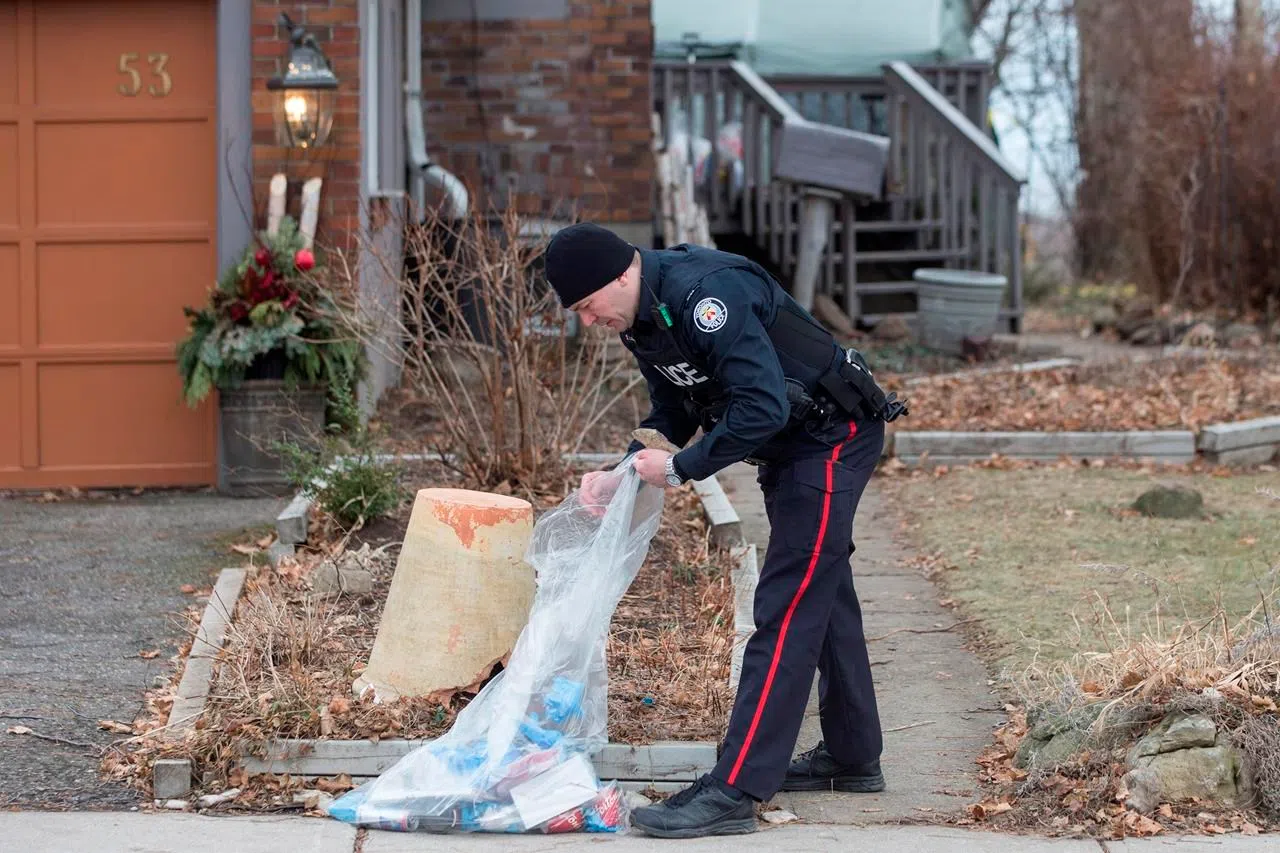
Discovery of remains, police belief of serial killer at work has experts musing
TORONTO — The recent discovery of dismembered skeletal remains in backyard planters and a Toronto police allegation that a serial killer is responsible for the gruesome crimes have prompted at least one homicide expert to suggest the perpetrator is likely a psychopath.
Criminologist and former police officer Michael Arntfield said the revelations suggest the victims’ bodies were moved and hidden. It’s a relatively rare tactic “strongly co-related with offenders who are in the psychopathic spectrum,” he said, as opposed to those suffering from a mental health issue or acting spontaneously out of anger or under the influence of a narcotic.
“These are people who have fantasized about this for some time, who put considerable mental and physical energy into scouting and identifying locations, preparing for any contingency,” says Arntfield, who is also a professor at Western University in London, Ont.
“The degree of planning and execution with respect to the M.O. (modus operandi) and disposal methodology suggests an offender who’s been at this for some time, and through a sort of trial-and-error has found a way to get away with it.”


